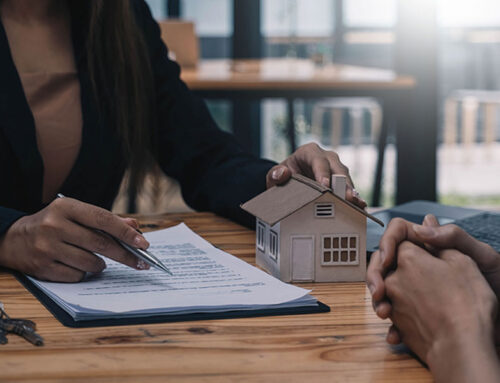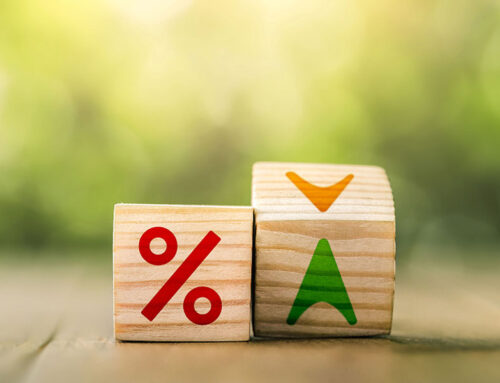My nephew, Kaden, called me up the other day to say that he’d been curious about how he could successfully work in real estate without a license ever since he’d graduated from college. Then, after spending a few years in a junior position with a corporate giant, he figured that becoming a real estate investor, like me, was probably a good way to create the life he always wanted. That’s why he finally contacted me for advice. Not being a numbers guy, or at all shy, he came right out and asked the question that every new and would-be investor wants to ask, but is often too embarrassed to: “What does ARV mean in real estate?” Of course, a quick visit to Google will tell you. But, to understand why it’s important to know before you make a move on a property, it can be better to call on a seasoned investor to explain—especially if you have one in the family. The answer isn’t a guarded secret, though, so let me share it with you, too.
What Does ARV Mean in Real Estate and Why is it Important?
In short, in real estate investing, the acronym ARV stands for After Repair Value, or the estimation of what a property will be worth once all repairs, updates, and add-ons are done. To put it another way, it’s an assessment that indicates what you may be able to sell the house for once you’ve finished repairing the roof, updating the old electrical system, and performing a kitchen renovation on the property. Determining the number you may be able to sell your property for, after you’ve invested money in the rehab, is critical in deciding the maximum amount you should buy it for if you want to protect potential returns.
The reason for this is pretty simple. The difference between the purchase price of a property and its potential selling price is all you’ve got to work with when executing the repairs. But, any potential profit you might realize from the work you perform must also come from this difference as well. So, if you find a fixer-upper home for sale at $150,000 and estimate that it could be worth $250,000 once you renovate it, you’ve potentially got $100,000 to use for the rehab. Except that to turn a profit—called a return on investment (ROI)—you won’t want to max out that $100,000 margin on the rehab. In fact, to earn a decent ROI, you’ll want to use as little of it as possible to complete the rehab without cutting any corners, like hiring an uninsured contractor, or doing the kind of shoddy work that you couldn’t professionally stand by or personally live with.
And, that’s where it can get a little tricky. To determine the scope of work that needs to be done in order to increase the potential value of an investment property, and help you realize a decent return when you sell, a couple of extra steps have to be taken—ideally before you ever make an offer.
ARV – Purchase & Rehab Costs = Potential Returns
Being able to correctly calculate the cost of repairs is critical to knowing how the purchase could pan out for you. If your rehab numbers are off and you pay too much for the house, you risk shrinking your margin. So, at the beginning of your career, before you’ve established strong relationships with industry experts and are familiar with local pricing for material and labor, it’s not a bad idea to get several repair estimates. But, it’s an equally good idea to have a real estate investment analysis and valuation tool that accounts for these costs and helps you estimate your potential ROI. Then, you can decide what you should offer—if you choose to make an offer at all.
Of course, you also have to have some knowledge about your local market and be able to analyze comparables to help determine a property’s ARV to begin with. Until you’ve become a seasoned investor this can take a little practice, too. But, an experienced real estate agent should be able to assist you in comparing your house with recently sold properties of similar size, style, age, and room count that reflect the condition yours will be in after the rehab. This will give you a pretty good idea of what your investment property could sell for—its ARV—when it’s ready to go to market, too.
Without understanding a property’s ARV, you run the risk of making one of the three biggest mistakes a real estate investor can make: losing too much money on a house because you paid too high a price to buy it. It’s simply not worth it. Having access to a tool that helps you run all the numbers to determine if returns are possible, however, certainly is.
A Tool for Correctly Calculating a Property’s Potential ROI
Kaden’s boldness will serve him well in this business, just as it did me years ago when I first started investing. But, confidence can be learned with training and practice. There are some things, however, that aren’t good to learn on the fly because of their potential to produce disastrous results—like evaluating a home’s ARV. One botched calculation and you could bungle your bottom line, even your career.
As a long-time independently owned and operated HomeVestors® franchisee, I’m happy to say that a botched calculation has never happened to me because I have HomeVestors®’ proprietary analysis and valuation software, ValueChek™. All franchisees have access to this tool, which helps you evaluate repairs and estimate your returns based on local material and labor costs, from your first property to your last. So, you don’t ever have to pay too much for a property whose ARV doesn’t justify it. Unless, of course, you wanted to. But, because you want to succeed as much as Kaden does, why would you?
Learn how to estimate all your numbers correctly from your first deal forward. Contact HomeVestors® to gain access to ValueChek™ today!
Each franchise office is independently owned and operated.
Contact
"*" indicates required fields






